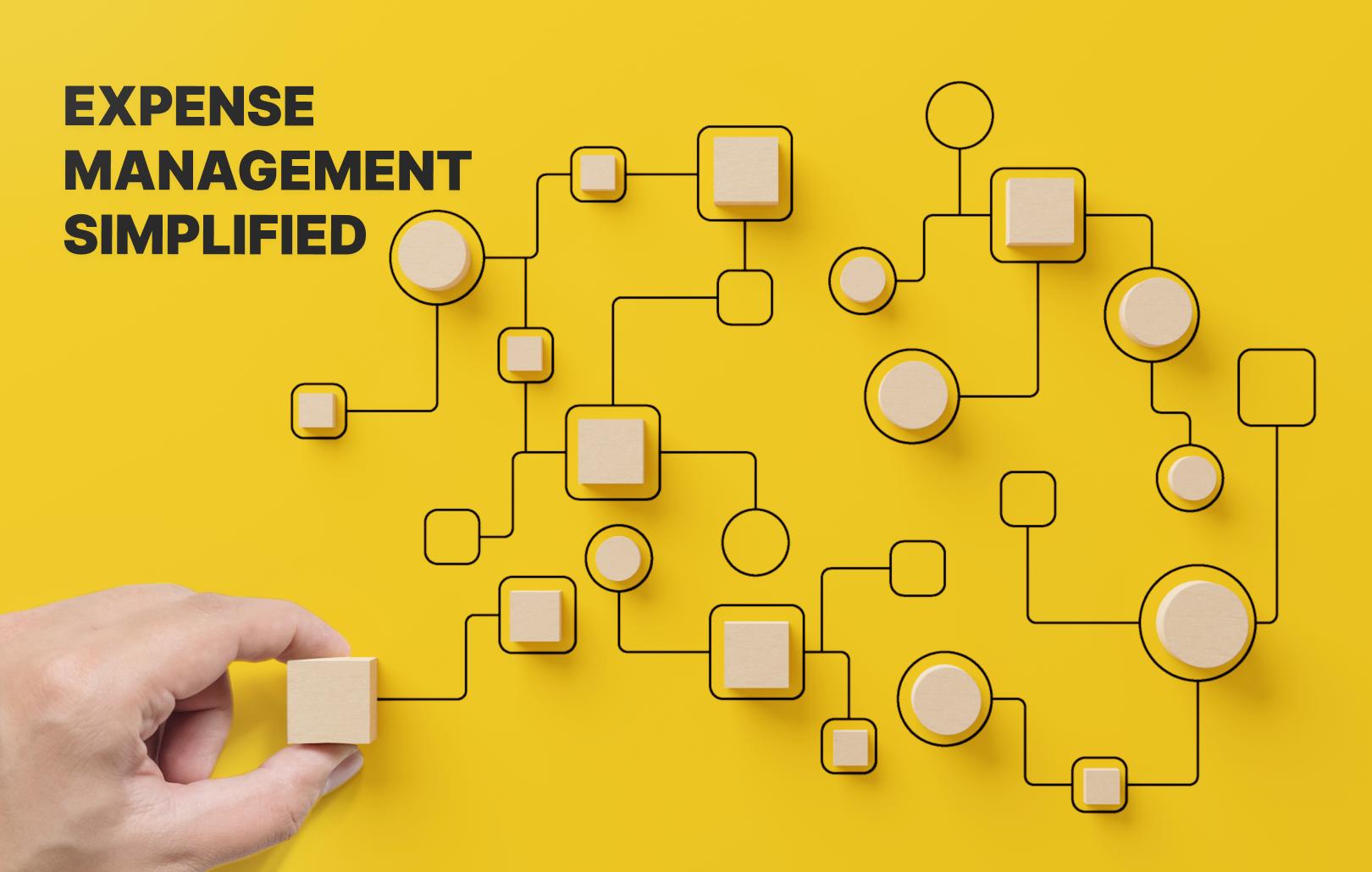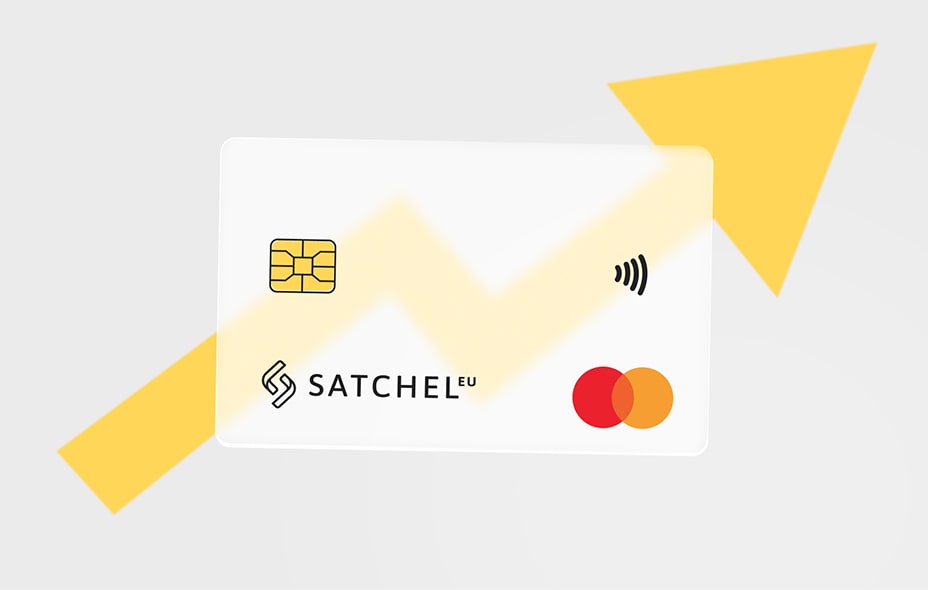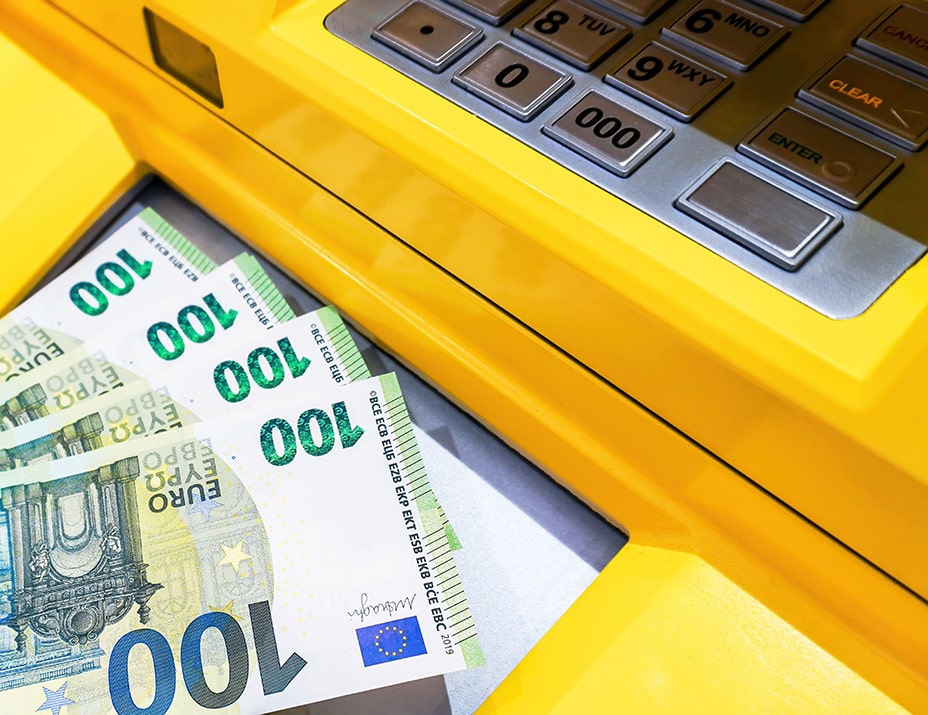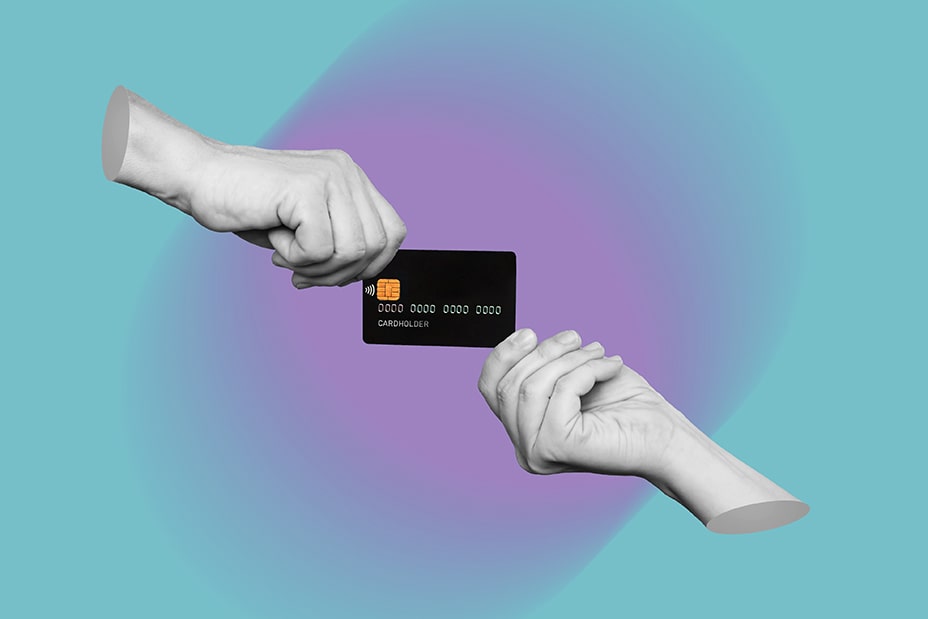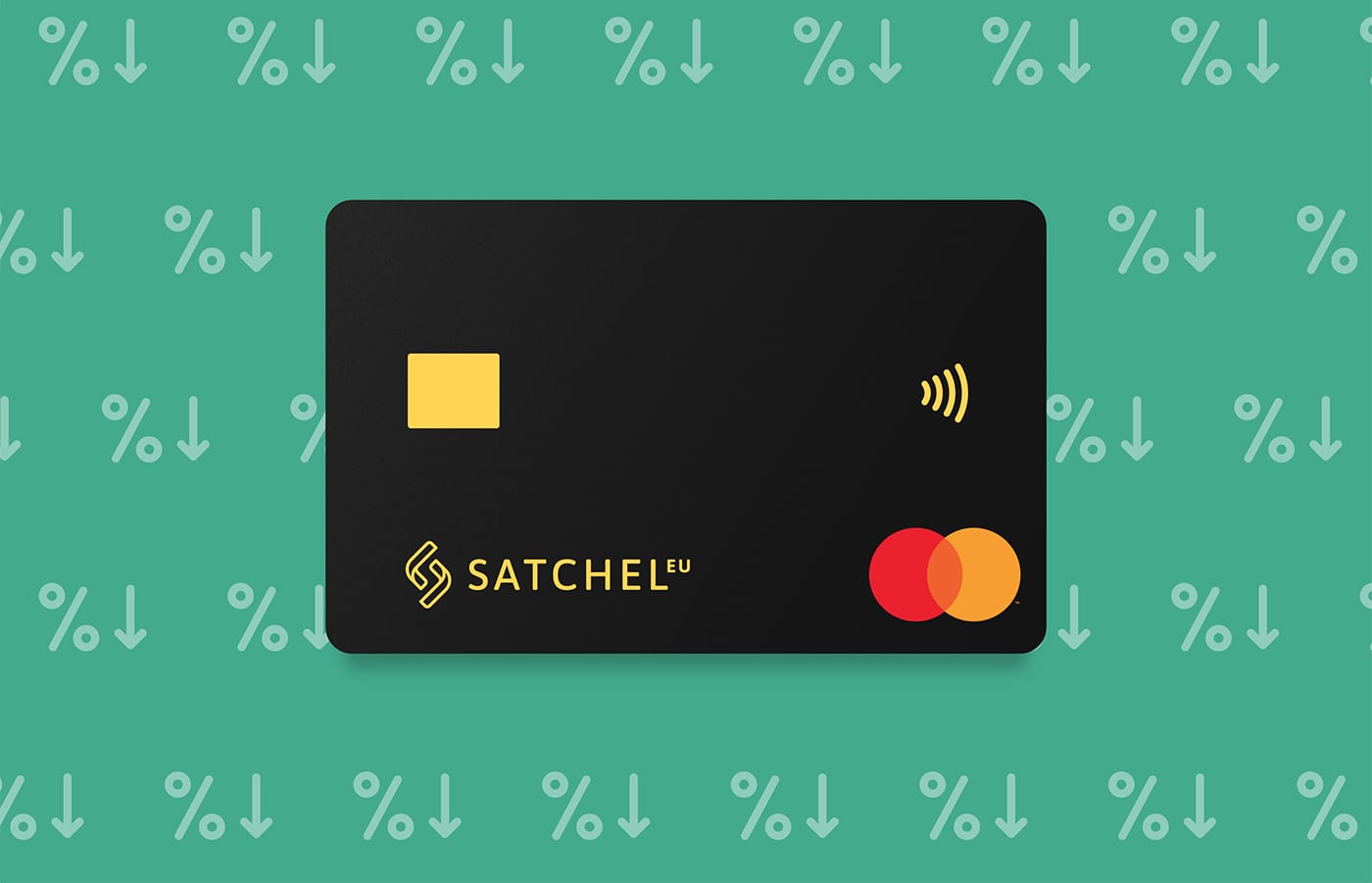Virtual Payment Cards: Safety and Convenience Explained
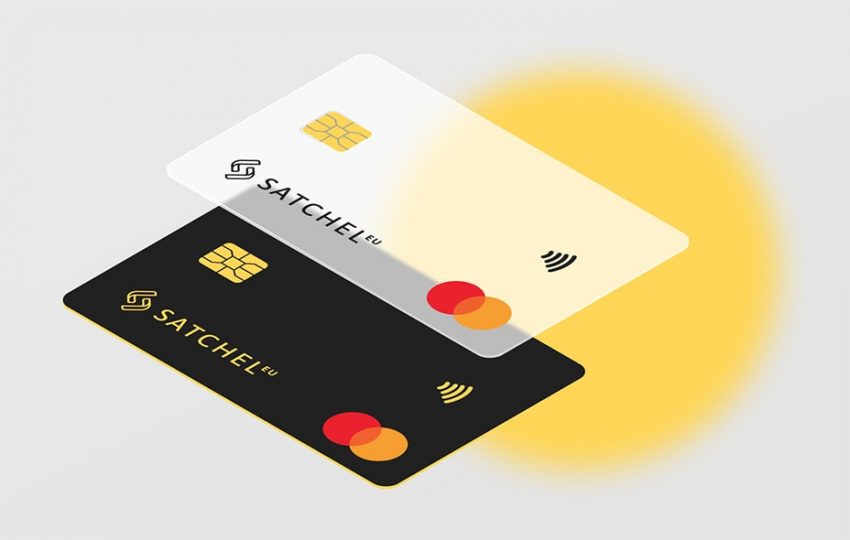
What is a virtual payment card?
Virtual payment cards, also known as virtual credit cards or virtual debit cards, are a digital version of traditional physical payment cards. They are typically used for online or remote transactions and don’t have physical plastic cards associated with them. Instead, a virtual card consists of a set of digital card details, such as the card number, expiration date, and security code (CVV/CVC).
Virtual cards are often used for e-commerce purchases, subscription services, and other types of digital transactions. They enhance security as they can be generated for one-time use or have transaction-specific spending limits. This reduces the risk of unauthorized or fraudulent transactions.
How can I get a virtual card?
You can easily generate a virtual card through your mobile banking app. Most modern digital banking providers offer this option by default, although the number of virtual cards and associated fees may vary depending on the provider.
Simply open the app or access your online account to select the type of virtual card you prefer (e.g., prepaid or debit). In most cases, it’s issued either instantly or within a couple of hours. Once created, you’ll receive a notification on your phone and will be able to manage the card directly from your account. Some providers also allow you to set transaction limits and other security parameters for your virtual card to protect against unauthorized use.
With your virtual card details at your disposal, you can use it for online purchases and transactions, much like you would with a physical card. Virtual cards are typically used for one-time or limited-use transactions.
Are virtual cards secure?
Yes, they are more than safe. For consumers, virtual cards often provide a higher level of security compared to physical cards. This enhanced security is due to the fact that virtual cards cannot be physically lost or stolen. Moreover, mobile devices and websites have various protective measures in place to verify that the individual accessing the virtual card is indeed the authorized cardholder.
Thanks to the cost-effectiveness and versatile nature of virtual cards, they can be configured to expire after a single use, restricted to be used only with specific merchants or merchant categories, and have specific spending limits. These dynamic features significantly limit the potential misuse of virtual cards in the event of online theft.
Comparing virtual and physical cards: benefits and advantages
Both virtual and physical cards serve the common purpose of facilitating payments, but they diverge in a fundamental way – virtual cards are exclusively designed for online transactions, while physical cards can be used both online and in-person.
However, this singular advantage is where the superiority of physical cards ends. In nearly every other aspect, virtual cards demonstrate themselves as safer, more straightforward, and easier to manage. It’s no wonder that in recent years, virtual cards have gained traction and become increasingly popular.
Let’s delve into the key pros of virtual cards:
- Enhanced safety. While physical cards are susceptible to theft and fraud, virtual cards are immune to being stolen or lost offline. Virtual cards allow users to safeguard the confidentiality of the original account and credit/debit card number. A user can virtually generate an unlimited number of virtual cards, which provides robust protection for sensitive data that is shared with multiple vendors when using physical cards. Even in the event of a data breach or fraudulent activity, the risk is confined to a specific card that can be promptly canceled without disrupting other planned payments or business operations.
- Ease of use. Virtual cards, when combined with a smart spend management platform, enhance overall performance and efficiency. In the corporate context, automated accounting allows employees to request and receive funds instantly, while employers can effortlessly establish and enforce spending policies. In contrast, physical cards entail printing and delivery, which can impede swift operations. Utilizing designated cards for distinct vendors, team members, or subscriptions simplifies the reconciliation and audit processes, providing real-time visibility for more informed decision-making.
- Control. Effective financial management hinges on control. While some physical cards offer limit settings, prepaid cards, for instance, lack the automation benefits and added layers of security provided by virtual cards. Virtual cards grant companies better control over non-payroll expenses. By implementing limits on virtual expenses, expiration dates, and usage, users can reduce the risk of overspending, costly auto-renewals, and discrepancies.
- Privacy. Virtual cards can be used to protect your actual credit or debit card details. By using a virtual card, you don’t need to expose your primary card information online.
But ultimately, there’s no need to make an exclusive choice. Satchel offers its customers flexible payment options, including both virtual and physical cards within the app. This allows for instant approval, tracking, and efficient funds management while maintaining real-time spending visibility.
Satchel, a prominent fintech company in Europe, provides businesses with the option of both physical and virtual cards. With a business account, you can have five cards, whether virtual or physical. Additionally, a specialized European payroll program is available for EU- and UK-based companies, as well as companies registered outside of the EU.
Virtual card programs are also subject to stringent data storage standards. In fact, many of them adhere to the same rigorous Payment Card Industry Data Security Standard (PCI-DSS) requirements followed by banks and financial institutions.
Experience seamless digital banking with Satchel, a principal member of Mastercard Europe for card issuing.


